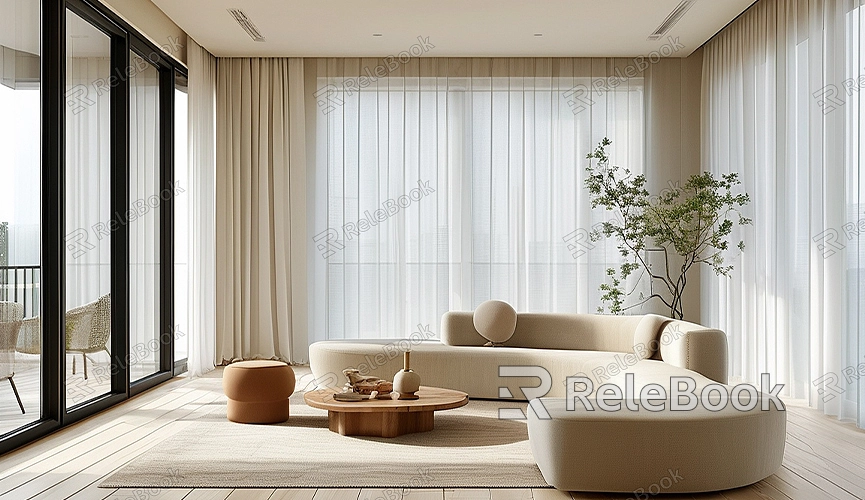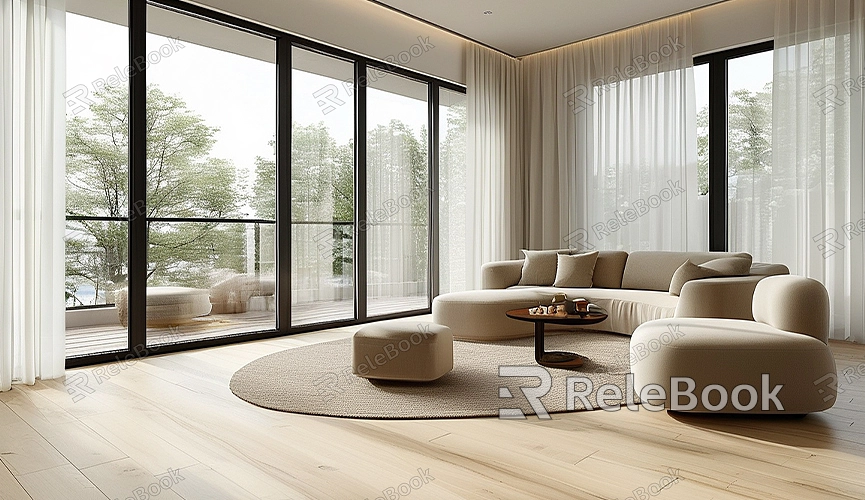How to Add Texture in Maya
Maya is a powerful 3D modeling and animation software widely used in film, television, gaming, and advertising industries. Adding textures in Maya is a crucial step in creating realistic models and scenes. This article will detail how to add textures in Maya and provide practical tips to help you enhance your work.
Prepare Texture Files
Before you begin, ensure you have the necessary texture files ready. Common texture formats include JPEG, PNG, TIFF, etc. You can download high-quality textures online or use ones you've captured and created yourself. For optimal texture presentation, high-resolution texture images are recommended.

Import the Model
First, open Maya and import the model to which you want to add textures. You can import model files using the "Import" option under the File menu. Supported model formats include OBJ, FBX, MA, among others. If you're starting from scratch, you can model directly within Maya.
Create Materials
After importing or creating the model, the next step is to assign materials to it. Materials determine the basic appearance properties of the model, such as color, reflectivity, and transparency. To create a new material, select the model, then in the Hypershade window, click "Create new material." Common material types include Lambert, Blinn, Phong, etc. Choose the appropriate material type based on your needs.
Associate Textures
Once you've created the material, the next step is to associate textures with it. In the material attributes panel, locate the "Color" option and click on the adjacent checkerboard icon. This will open a new window. In this window, select "File" and browse to select your texture file. Once done, the texture will automatically apply to the material and display on the model's surface.
Adjust Textures
To ensure textures fit the model's surface properly, you may need to make adjustments. First, ensure the texture coordinates (UVs) are correct. UV coordinates determine how textures map onto the model's surface. If textures appear distorted, you can use the "UV Editor" to adjust UV coordinates. By moving, rotating, and scaling UV coordinates, you can ensure textures correctly cover the model's surface.

Add Additional Texture Properties
In addition to basic color textures, you can add other types of textures such as Normal Maps, Bump Maps, and Specular Maps to enhance details and textures of the model. Adding these textures is similar to adding color textures; simply select the appropriate options in the material attributes panel and associate the corresponding texture files.
Render Preview
After adding and adjusting textures, you can perform a render preview to check the final effects. Maya offers various renderers like Arnold, Mental Ray, etc. Choose the appropriate renderer and adjust render settings including lighting, shadows, and reflections. Render previews help you identify and correct texture issues to ensure the final result meets expectations.
Practical Example
Suppose you're creating a realistic wooden table model. You can follow the above steps to add a wood grain texture to the table. First, import the table model, then create a new Lambert material. In the material attributes, select the color option and associate the wood grain texture file. Next, adjust the texture coordinates using the UV Editor to properly map the wood grain onto the table surface. Finally, add a Normal Map and Specular Map to enhance the wood's texture and glossiness. Perform a render preview to ensure the texture effect is realistic.
If you need high-quality 3D textures, HDRI, or downloadable 3D models for your modeling and virtual scene creation, you can download them from Relebook and directly import textures and 3D models into your projects. By following these steps, you can easily add textures in Maya and create more realistic 3D models.

